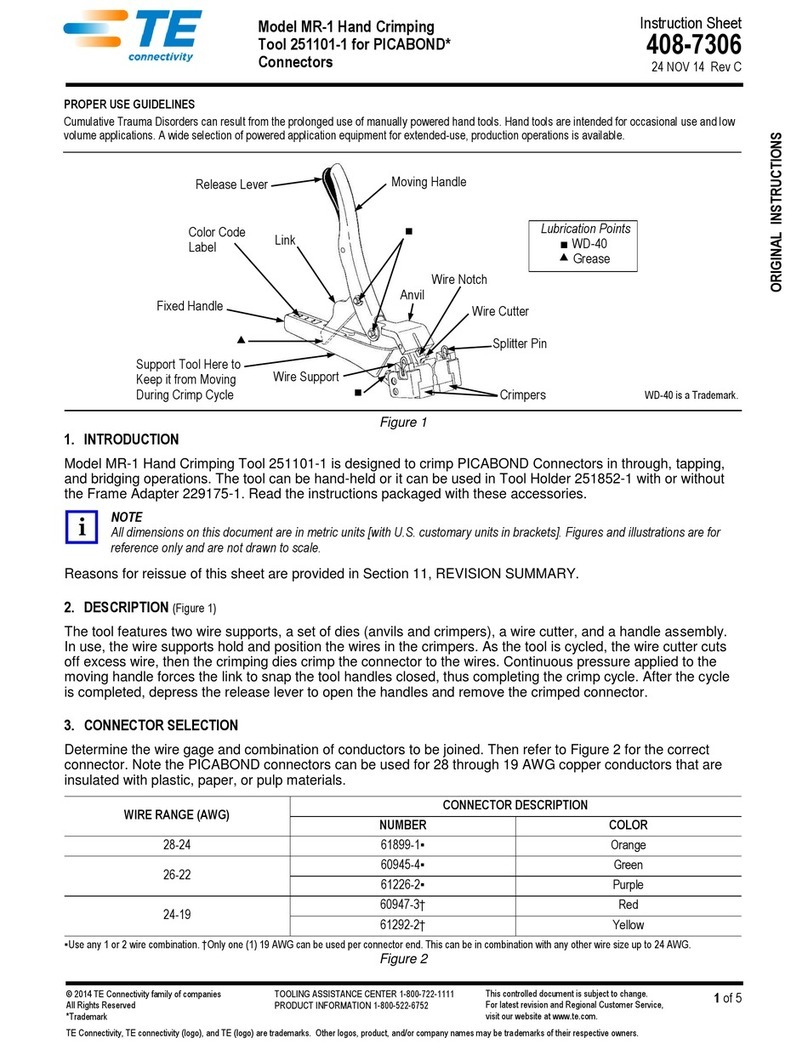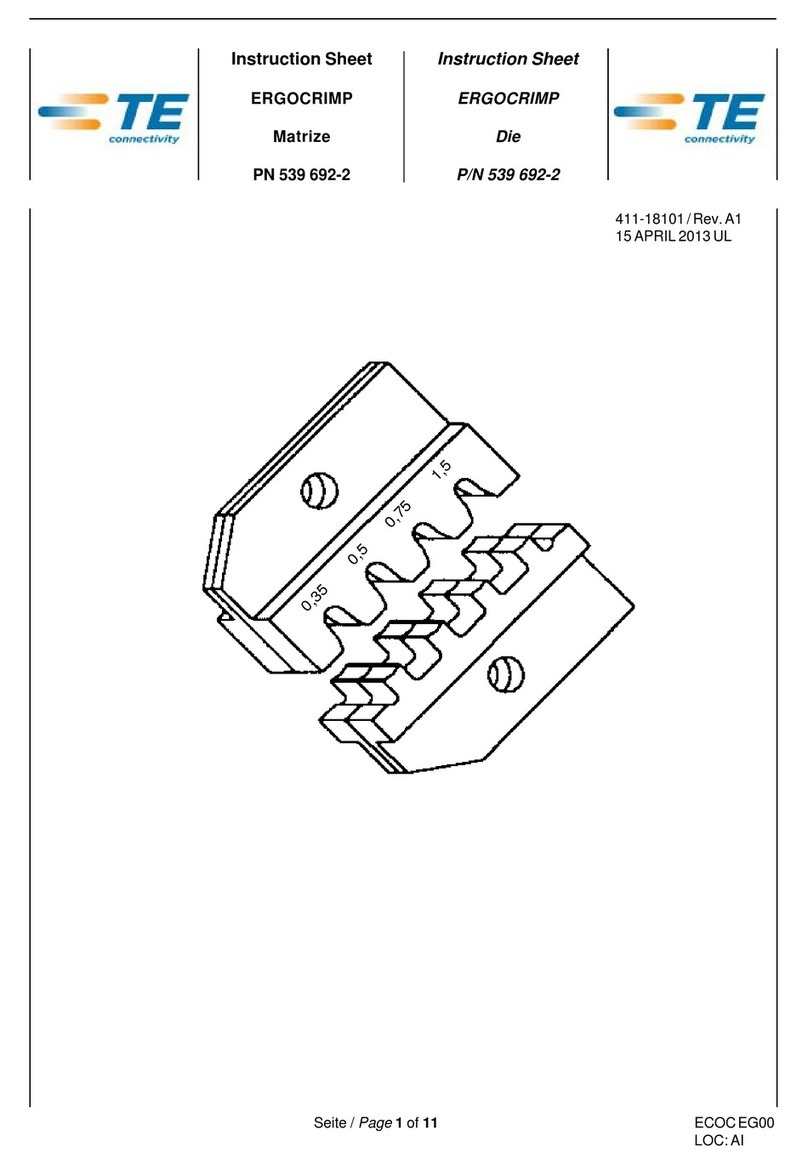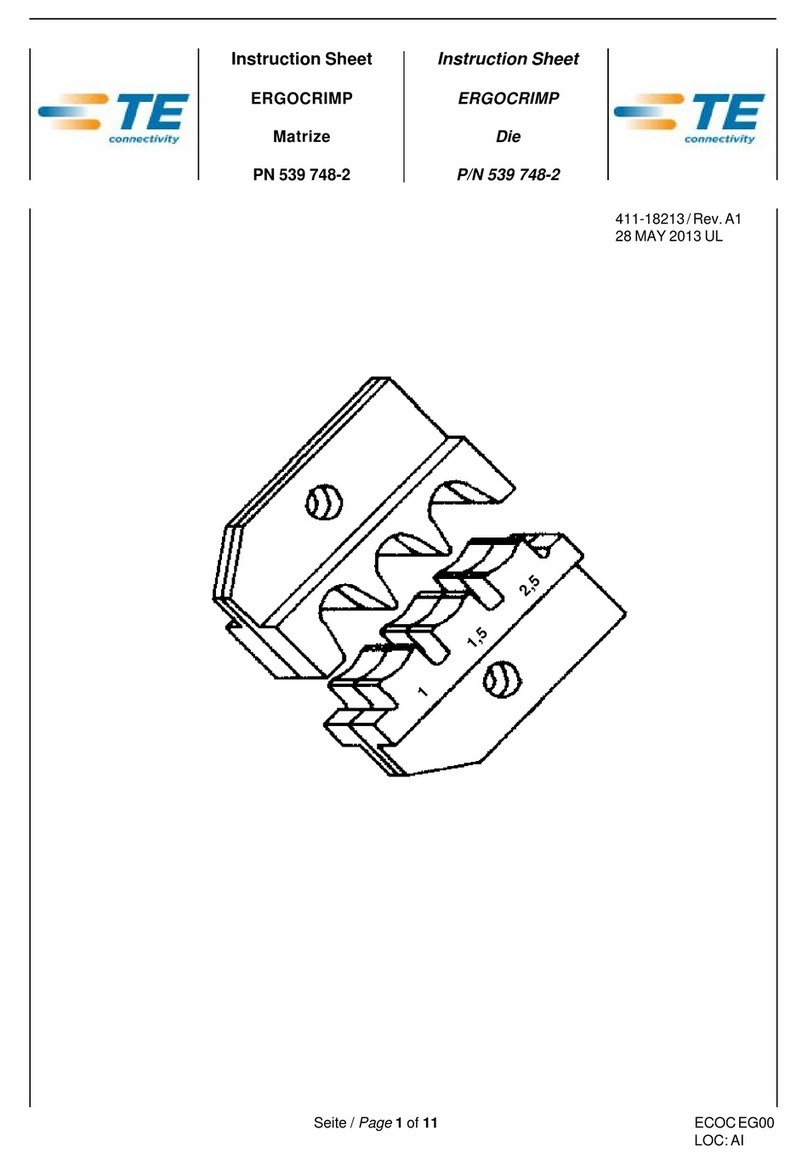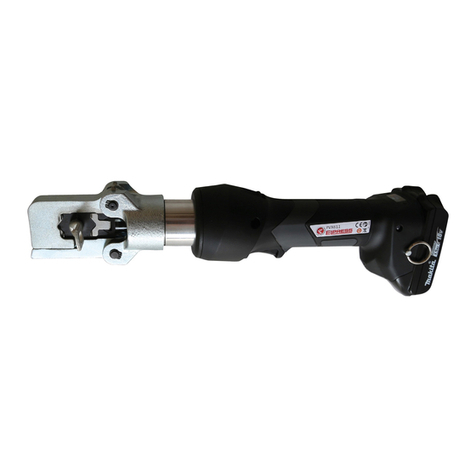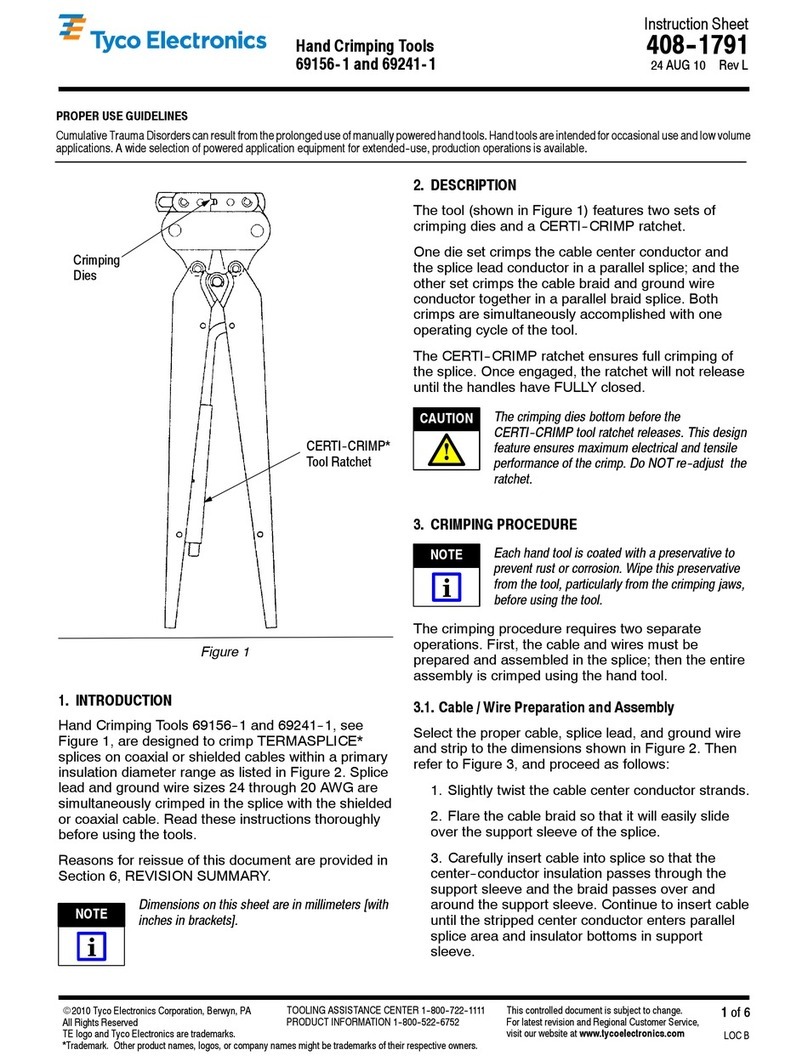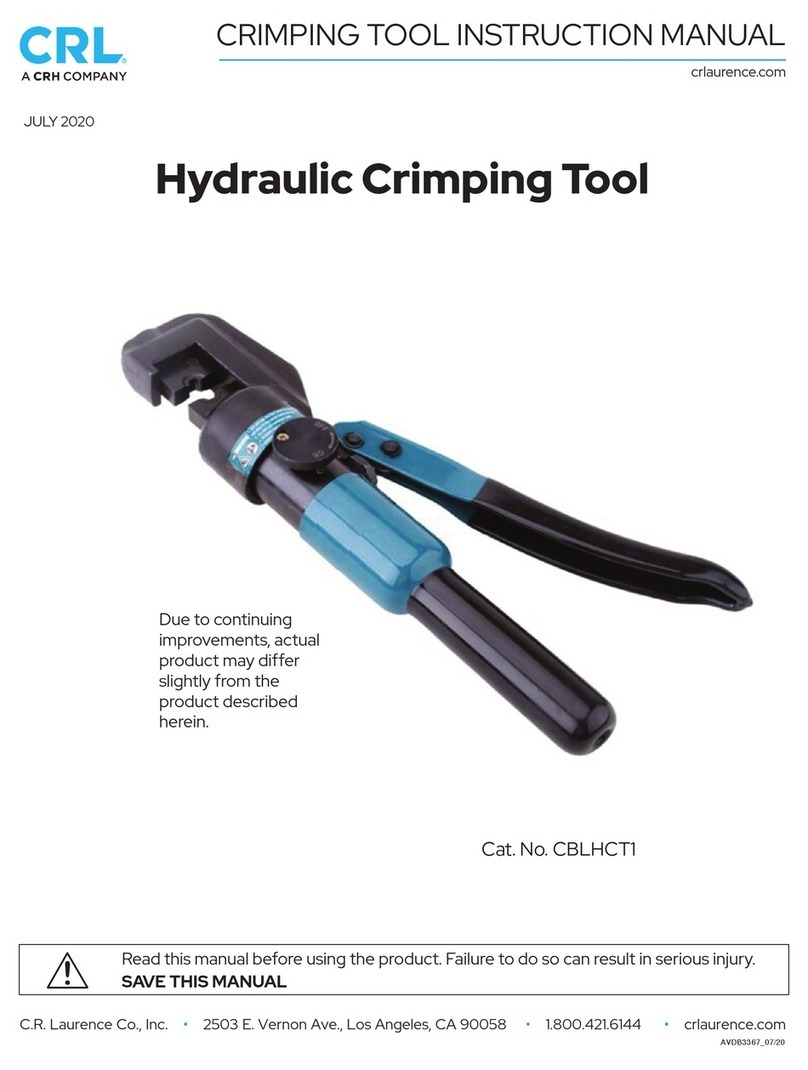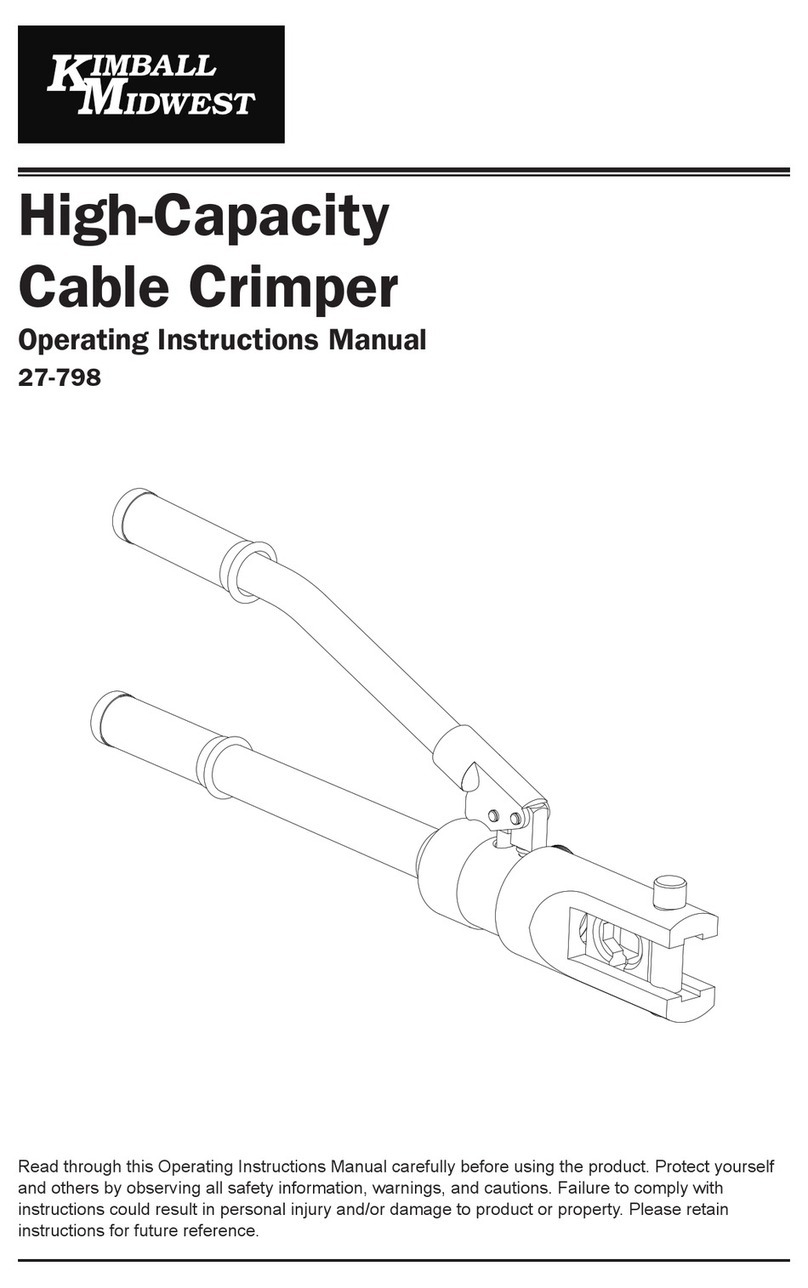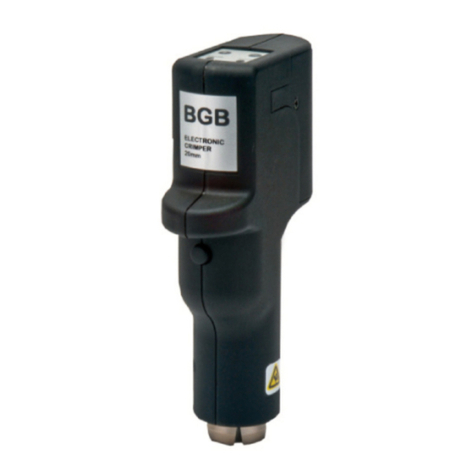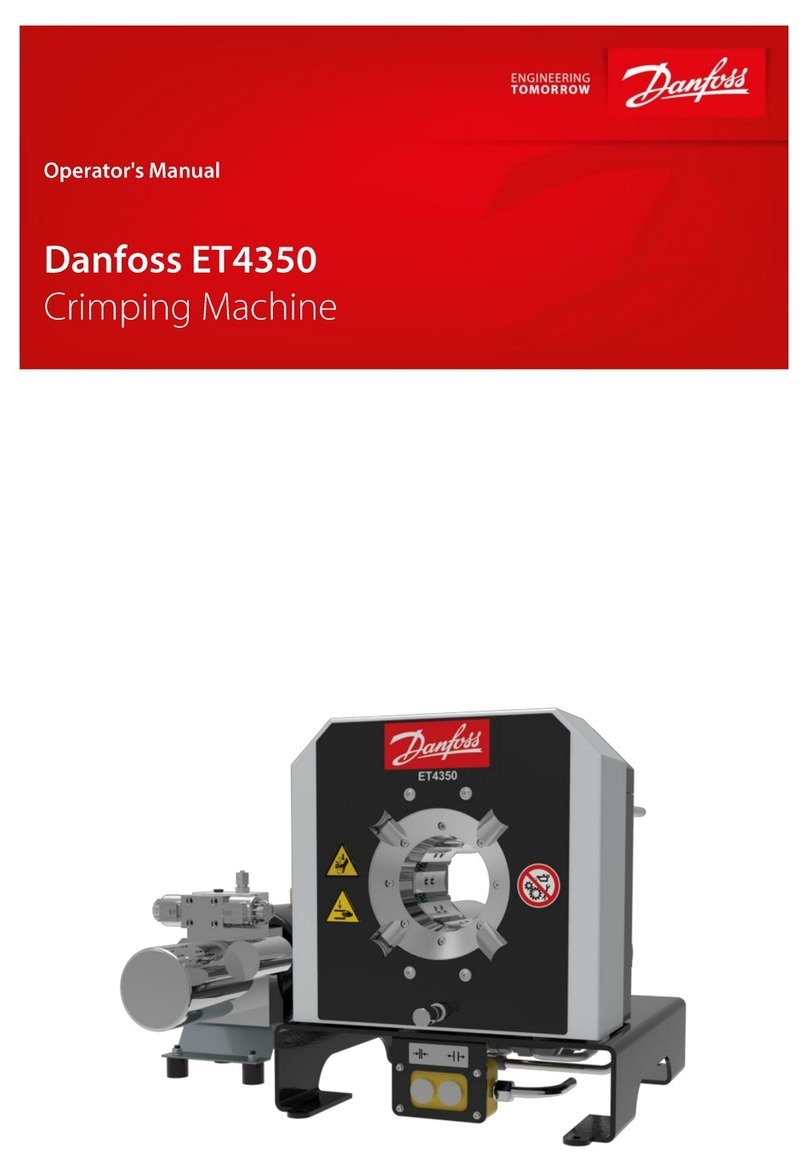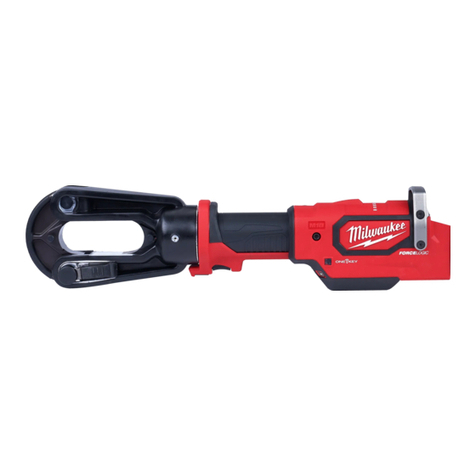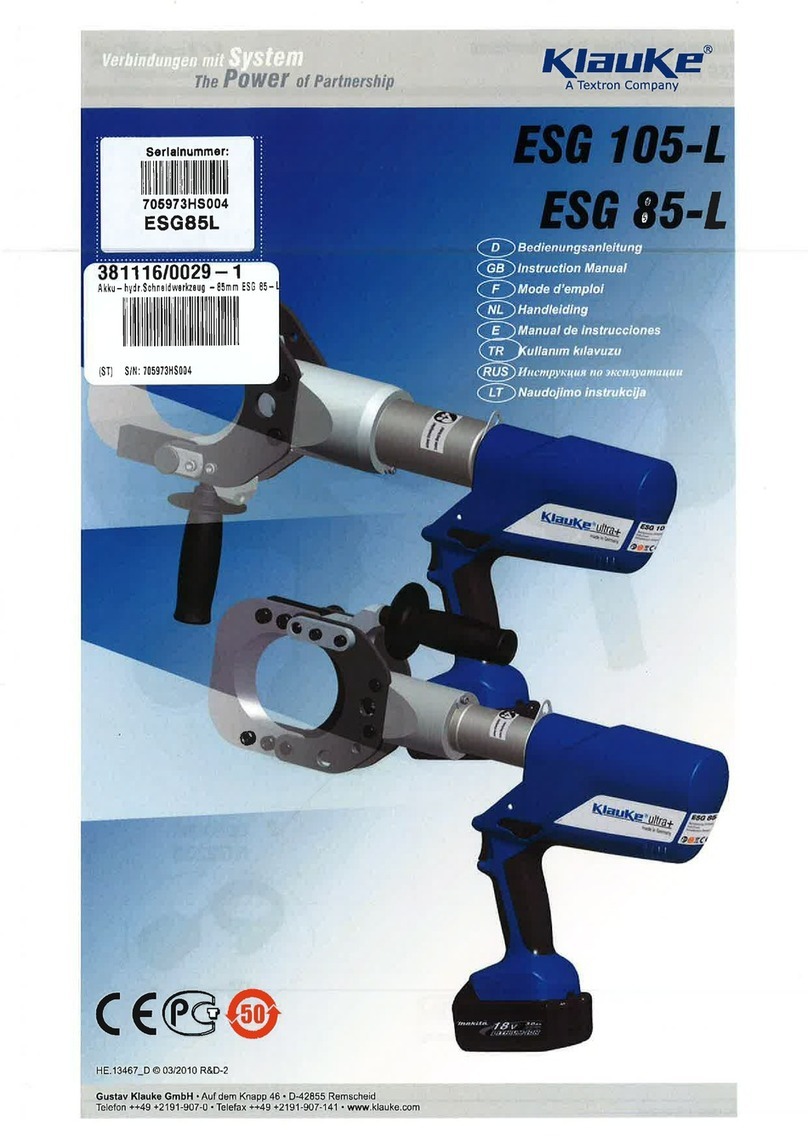TE Connectivity 90382- 2 User manual
Other TE Connectivity Crimping Tools manuals
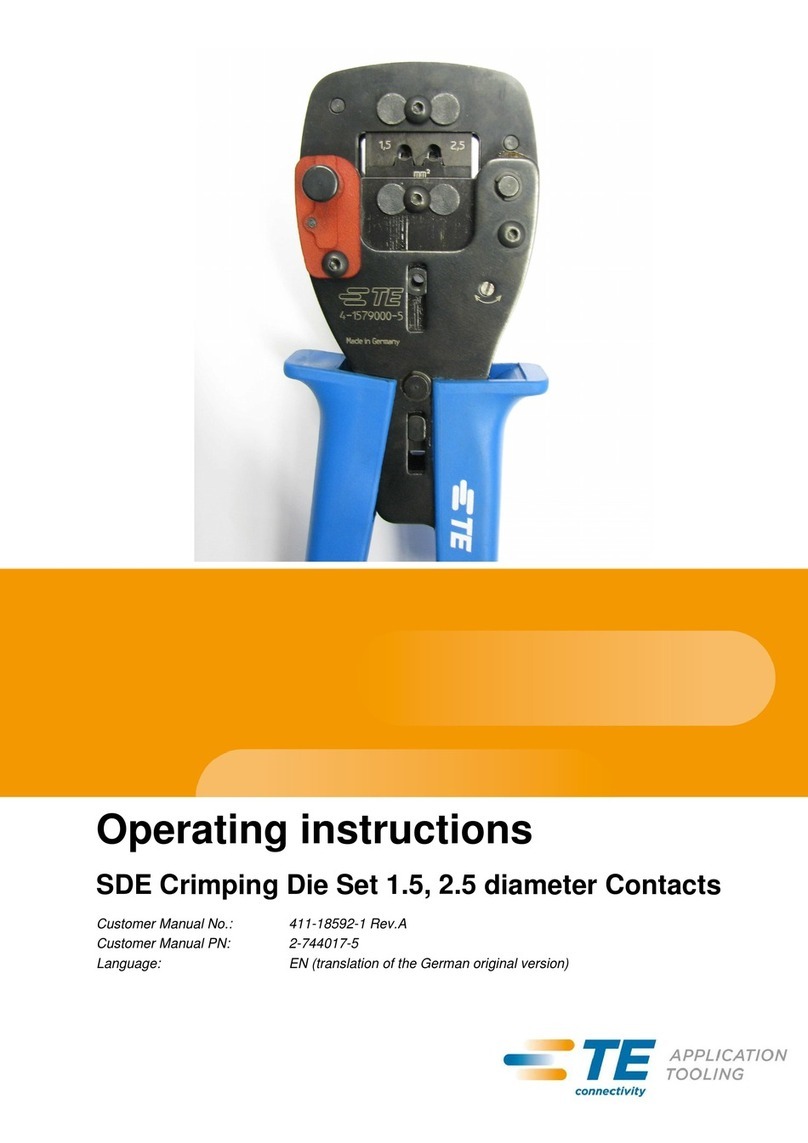
TE Connectivity
TE Connectivity SDE User manual
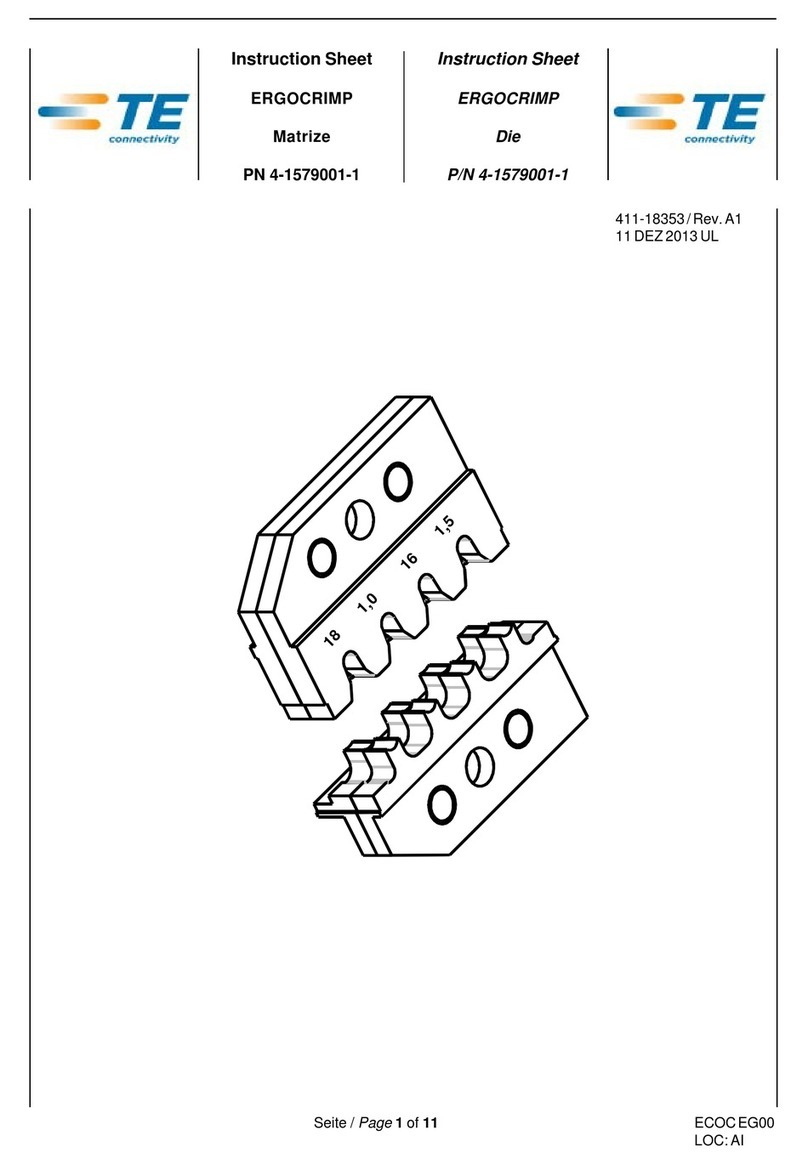
TE Connectivity
TE Connectivity ERGOCRIMP 4-1579001-1 User manual

TE Connectivity
TE Connectivity PRO-CRIMPER III User manual
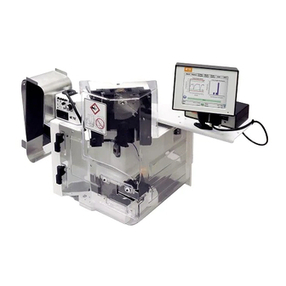
TE Connectivity
TE Connectivity AMP 3K Reference guide
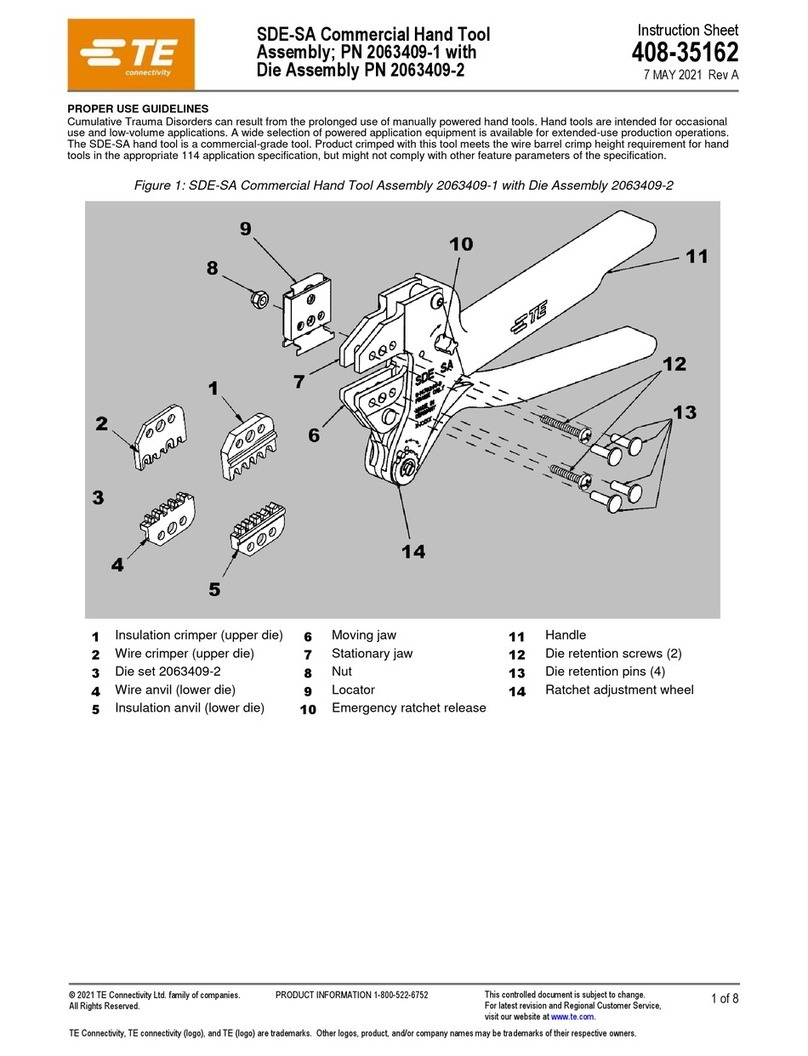
TE Connectivity
TE Connectivity 2063409-1 User manual
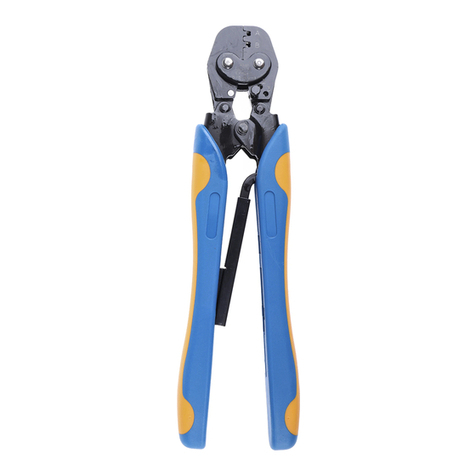
TE Connectivity
TE Connectivity CERTI-CRIMP User manual
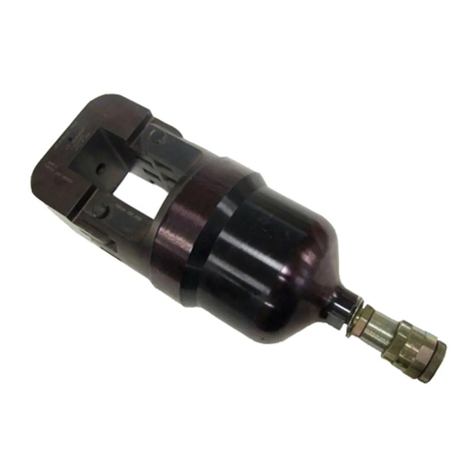
TE Connectivity
TE Connectivity 58422-1 User manual
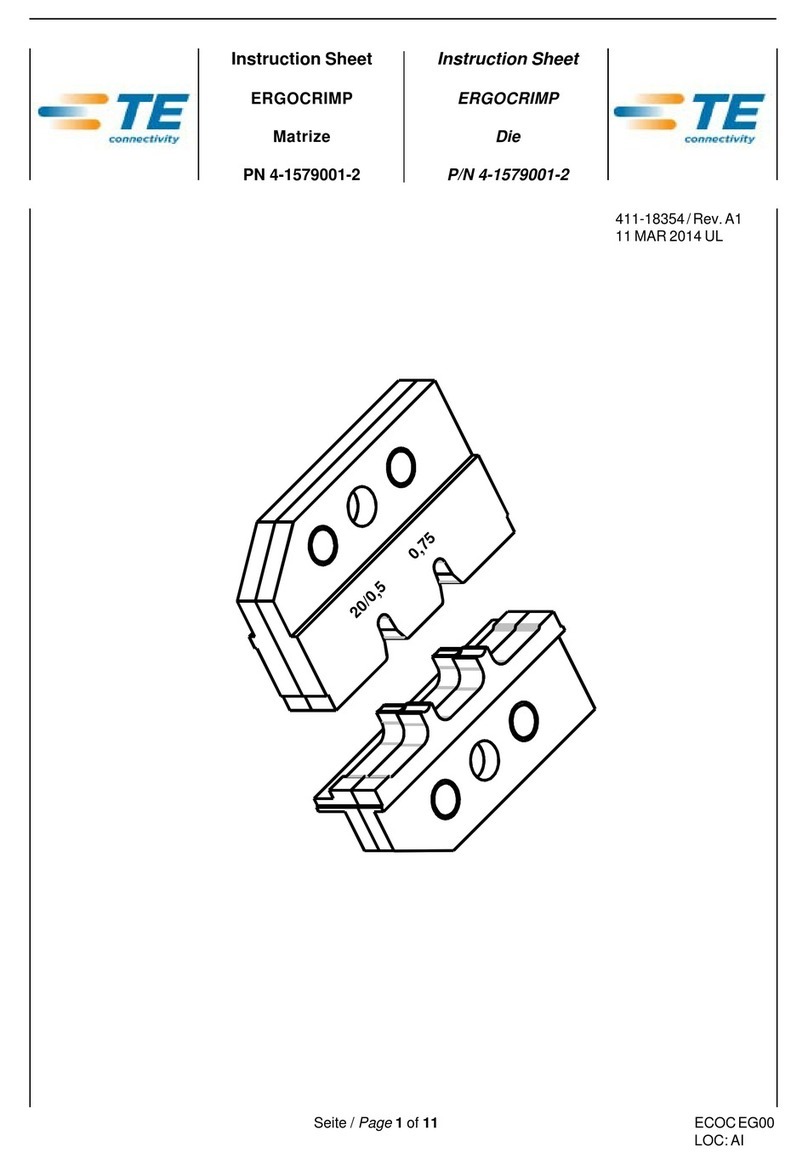
TE Connectivity
TE Connectivity 4-1579001-2 User manual

TE Connectivity
TE Connectivity 2392637-1 User manual
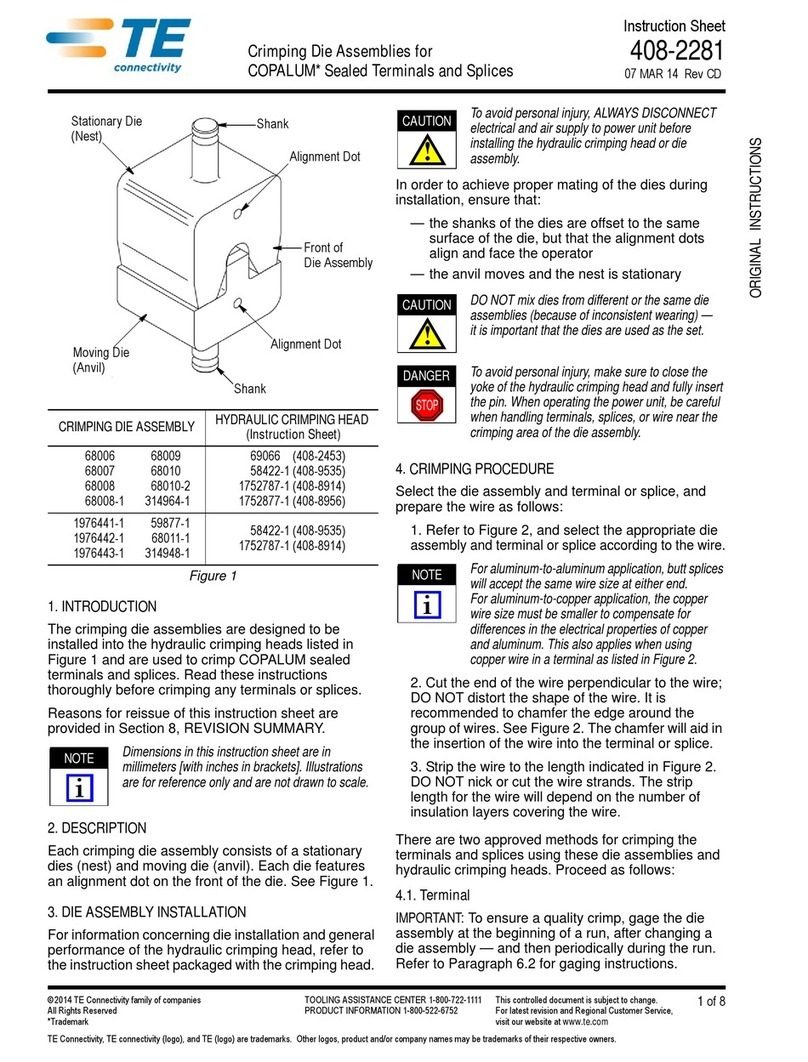
TE Connectivity
TE Connectivity COPALUM 408-2281 User manual
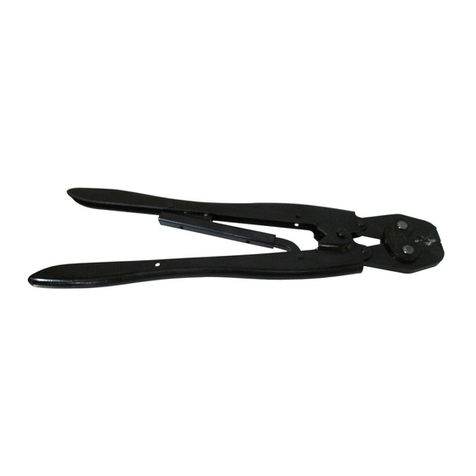
TE Connectivity
TE Connectivity 46447 User manual
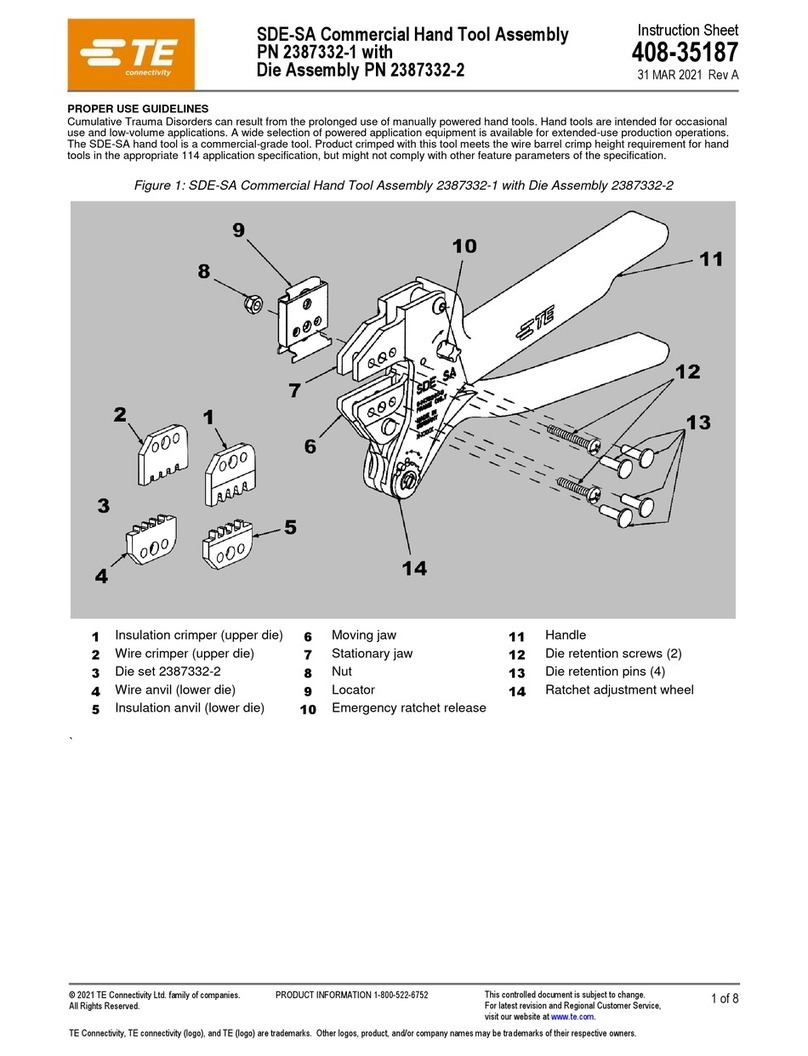
TE Connectivity
TE Connectivity SDE-SA User manual

TE Connectivity
TE Connectivity 46073 User manual
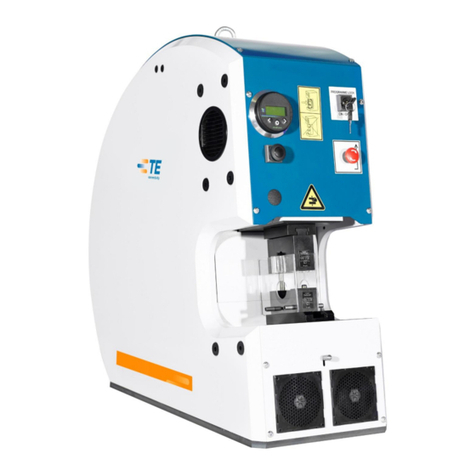
TE Connectivity
TE Connectivity AT-65 User manual
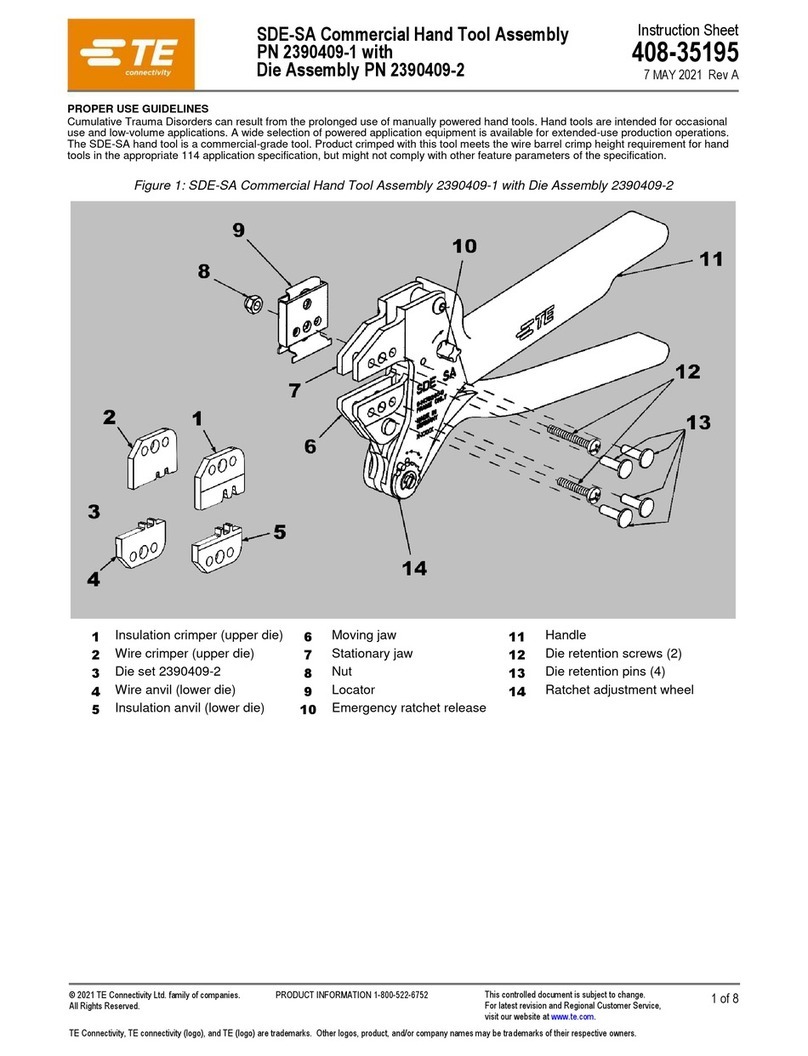
TE Connectivity
TE Connectivity 2390409-1 User manual
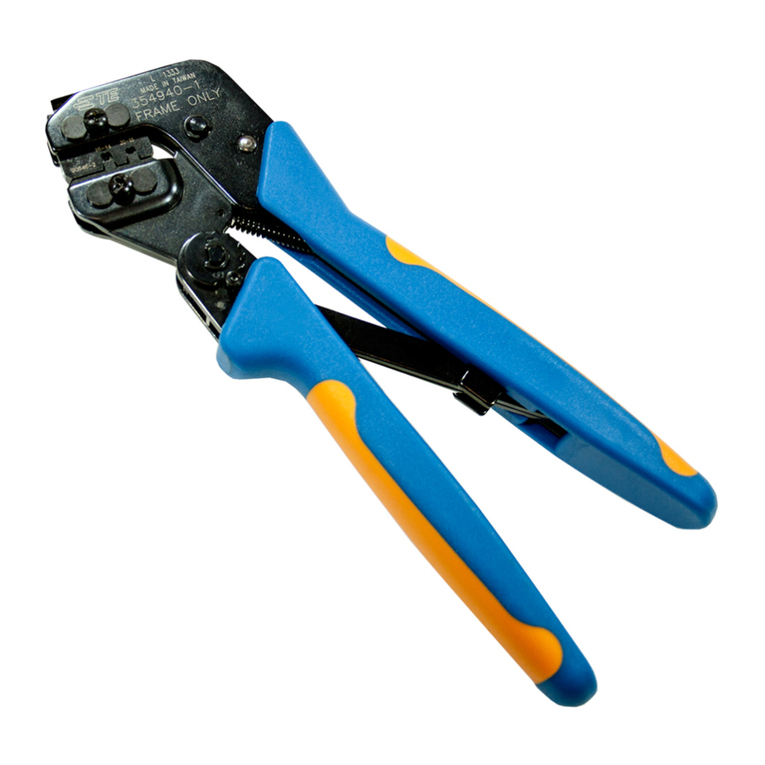
TE Connectivity
TE Connectivity PRO-CRIMPER III User manual
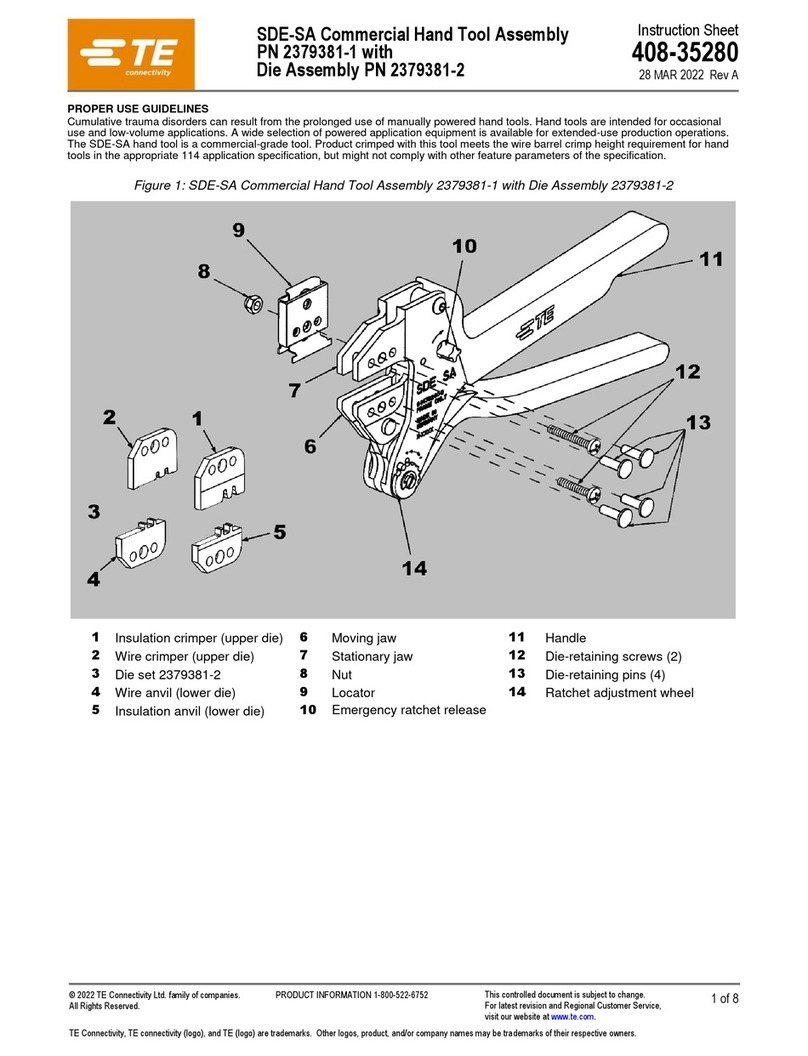
TE Connectivity
TE Connectivity 2379381-1 User manual
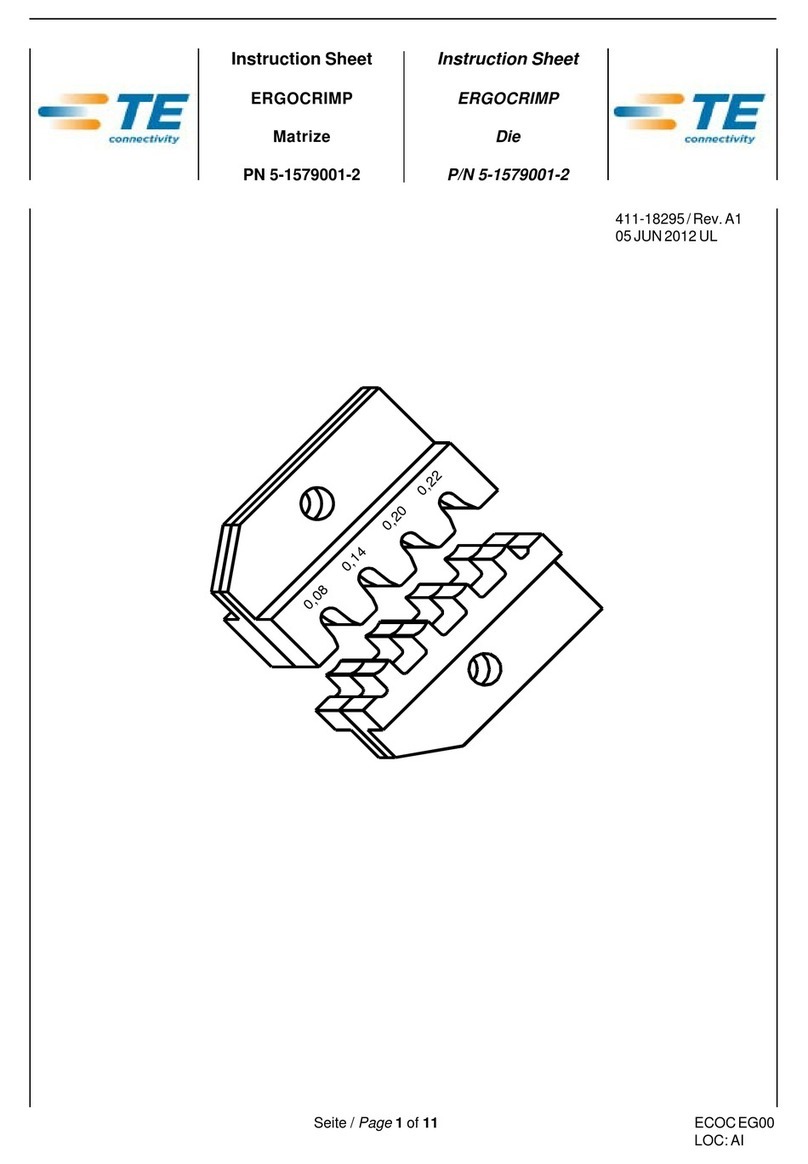
TE Connectivity
TE Connectivity ERGOCRIMP 5-1579001-2 User manual
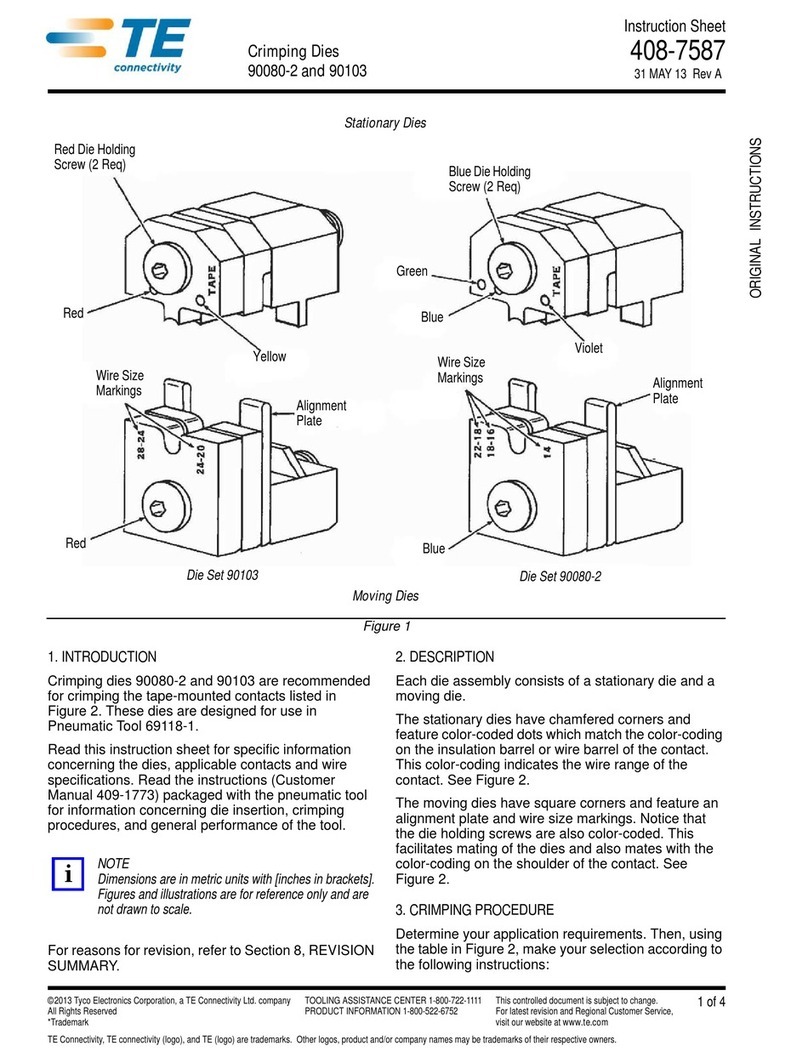
TE Connectivity
TE Connectivity 90080-2 User manual
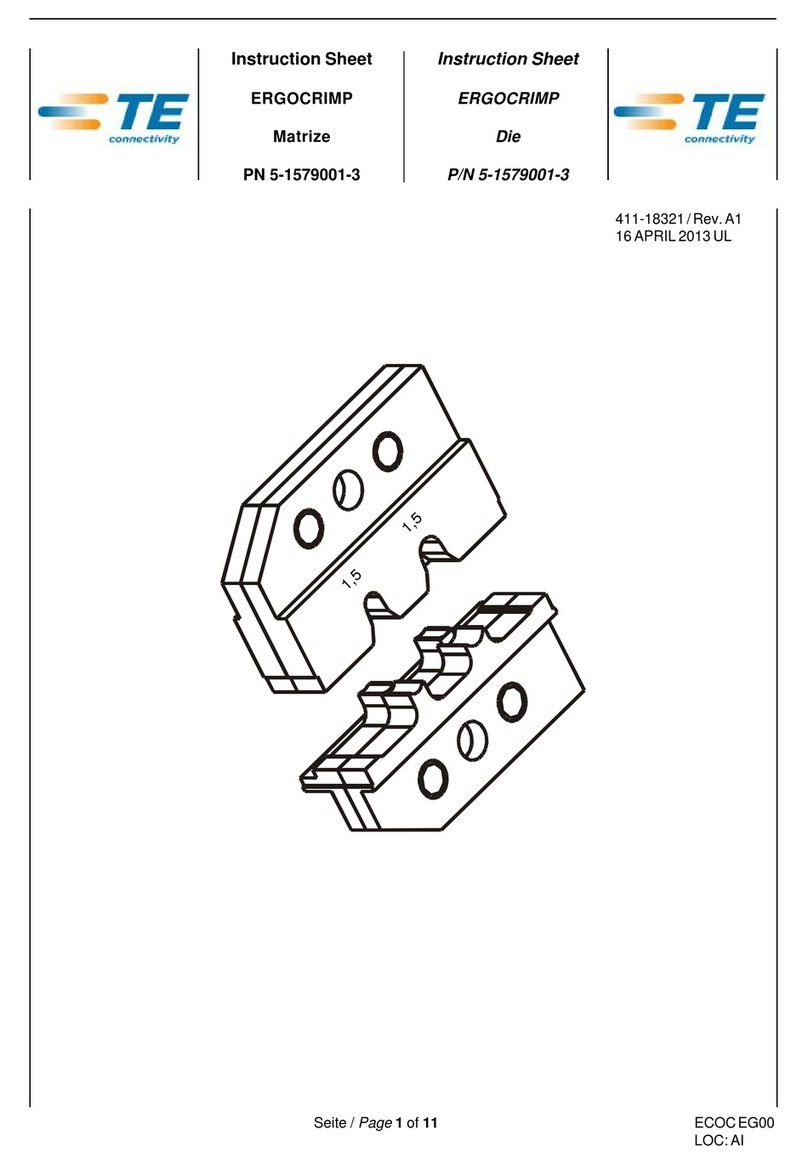
TE Connectivity
TE Connectivity ERGOCRIMP 5-1579001-3 User manual
Popular Crimping Tools manuals by other brands
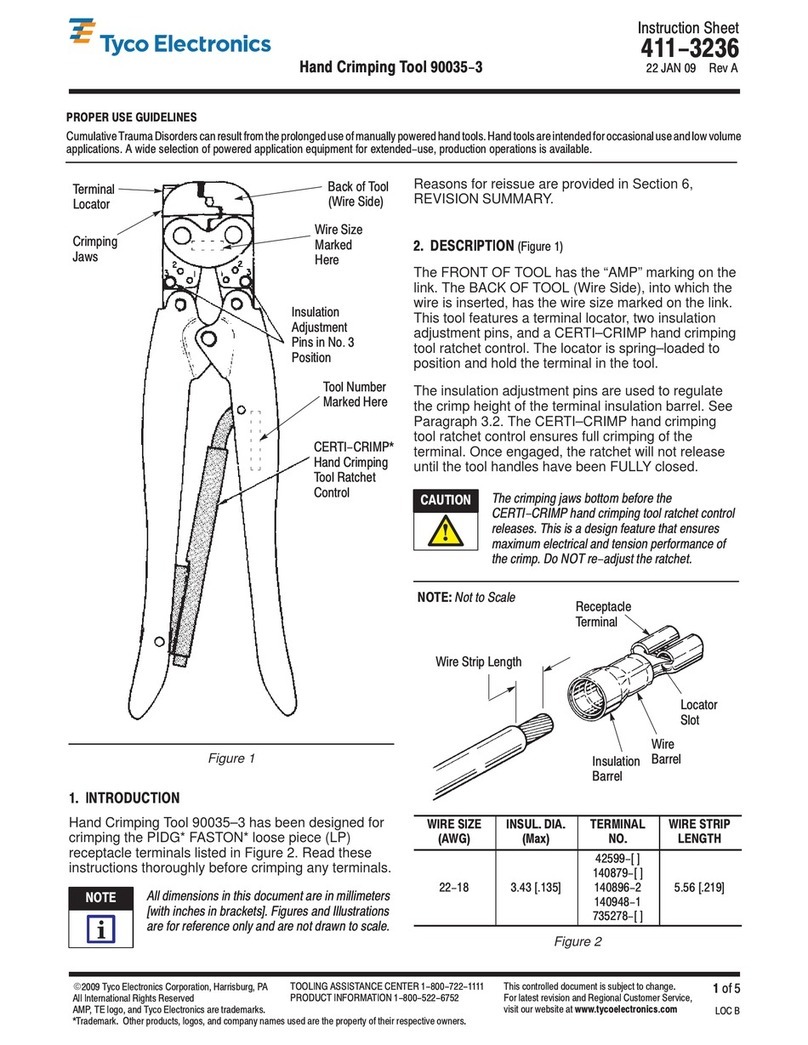
Tyco Electronics
Tyco Electronics 90035-3 instruction sheet

Emerson
Emerson Klauke ES 20RMCCFB manual

Continental Refrigerator
Continental Refrigerator PC150HD quick start guide

Tyco Electronics
Tyco Electronics CERTI-CRIMP 90418-1 instruction sheet
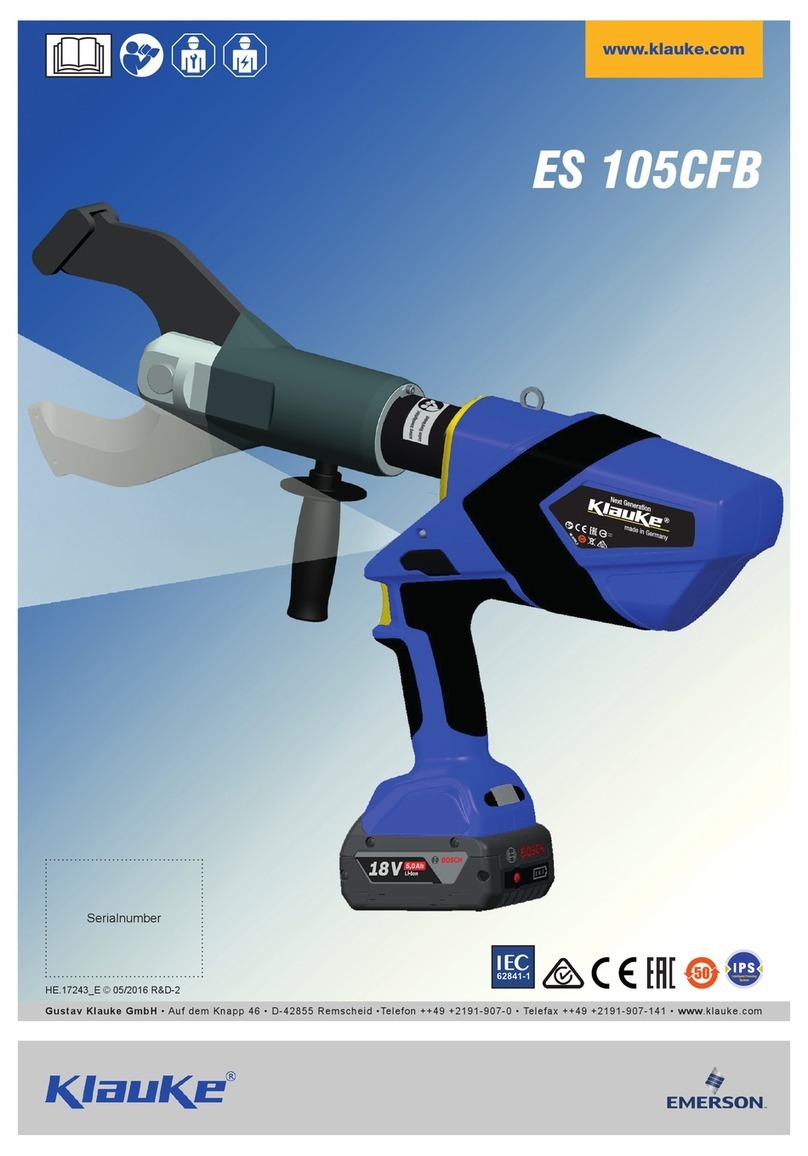
Emerson
Emerson Klauke ES 105CFB manual

molex
molex 207129 Series Specification sheet
